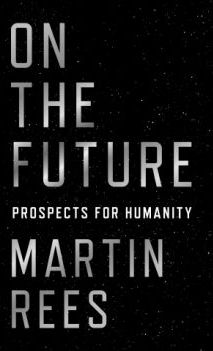UNITY Biotechnologies has recently announced an expansion of its first-stage human trial of UBX0101, a drug that has been shown to have senolytic properties in mice [1] and that the company hopes will be useful in treating painful osteoarthritis of the knee.
An expanded clinical trial
UNITY Biotechnologies, a $495 million biotech company in the process of creating senolytic medicines that target one of the aging processes, has just announced an expansion of its first-stage human trial of the first drug in its pipeline (UBX0101), which targets painful osteoarthritis of the knee.








